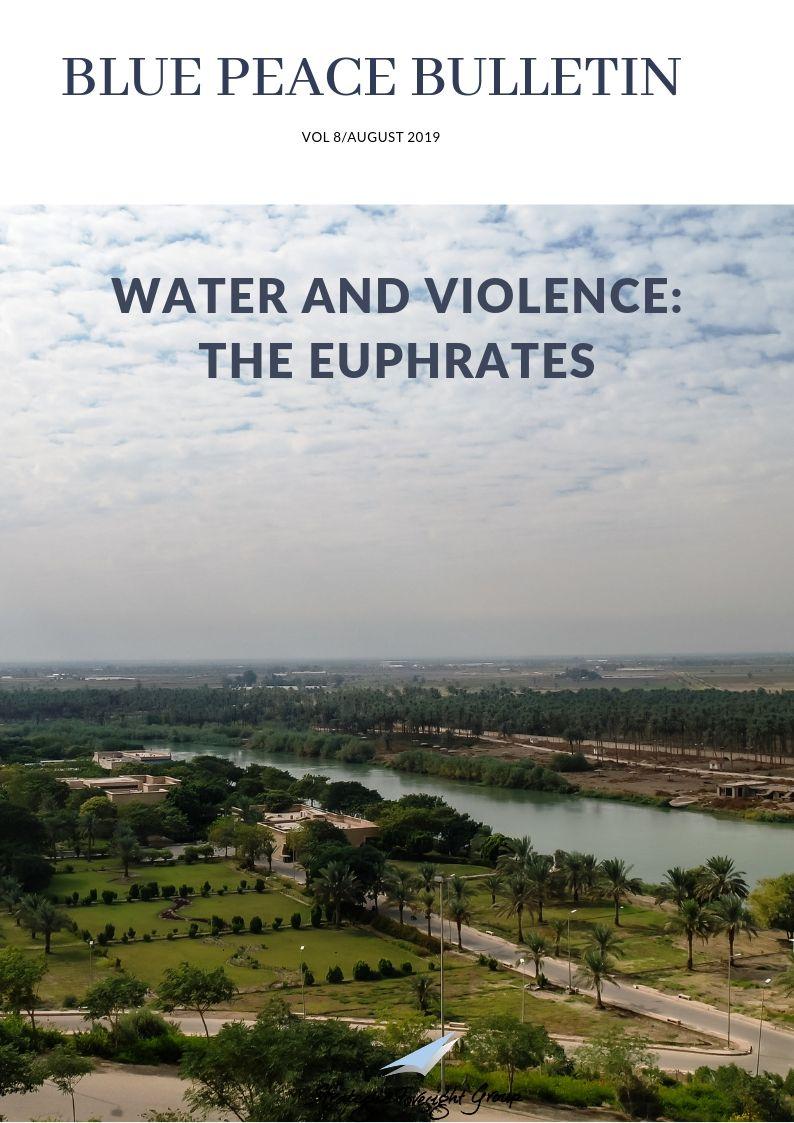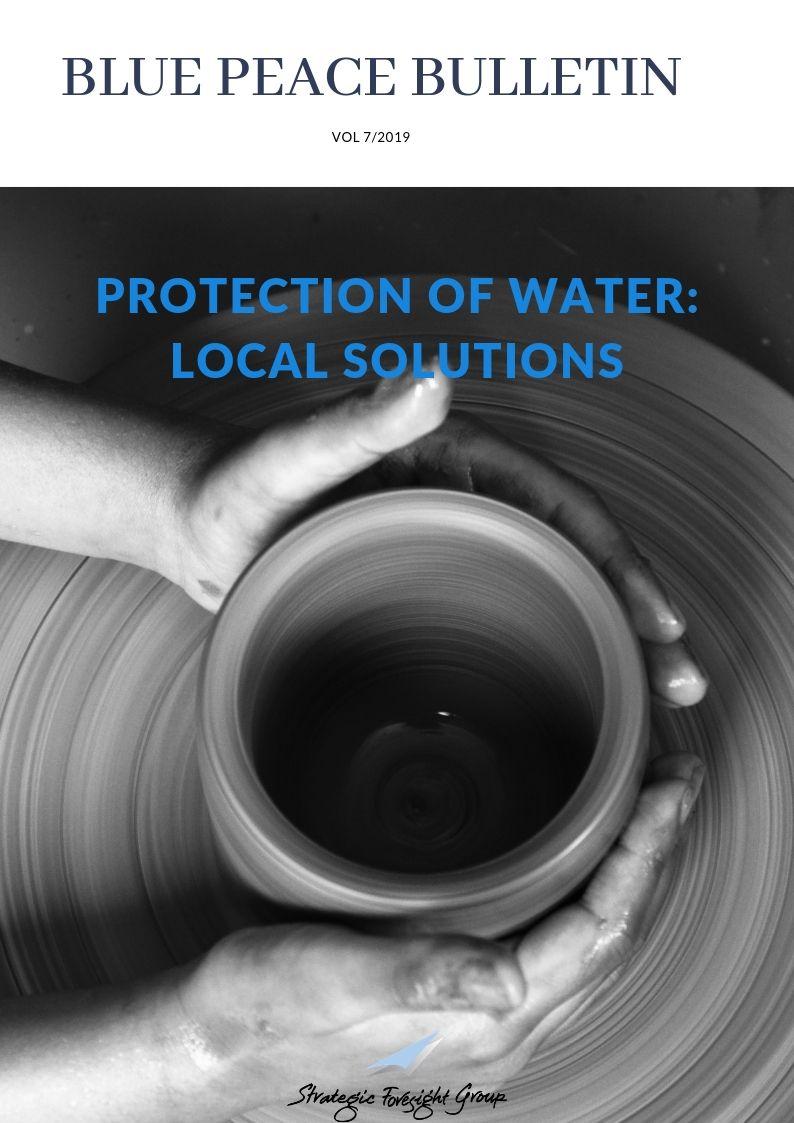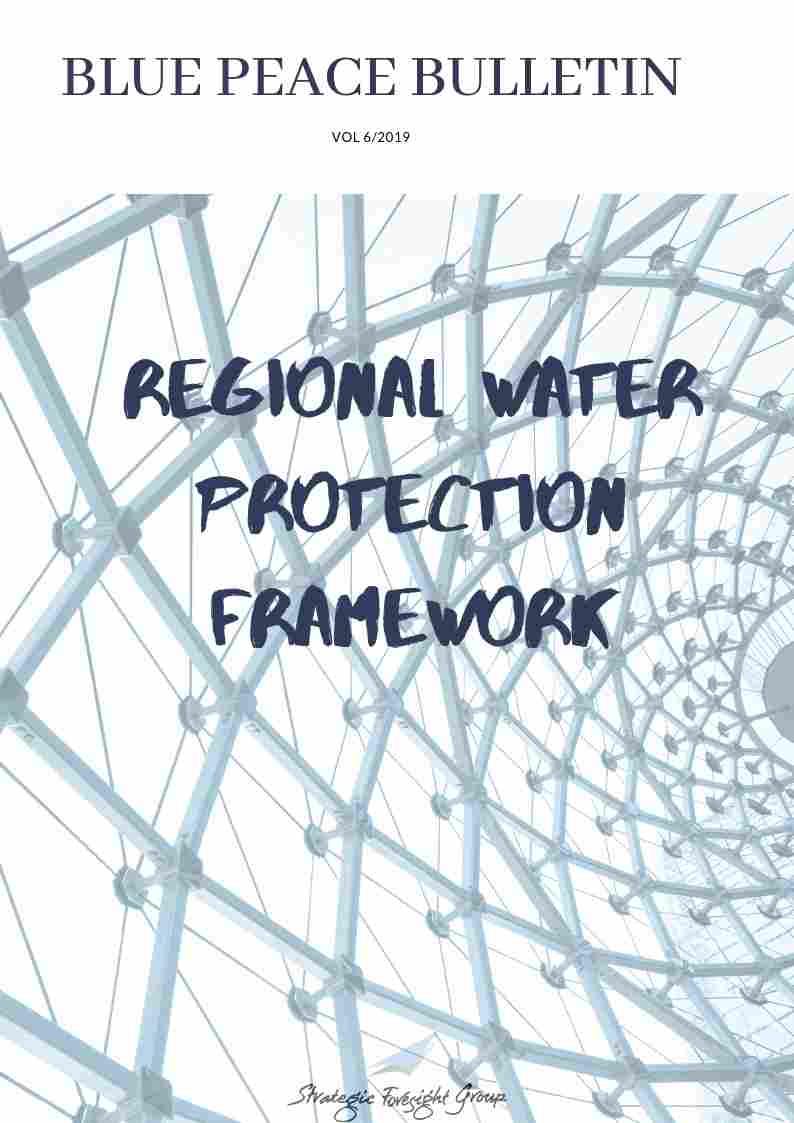Death of the Ganges, Demise of a Civilization
|
|
February, 2010
By Rohit Honawar
|
The notion of India often evokes images of an ancient civilization, defined by sprawling palaces and gardens, spirituality and a system of beliefs and culture that dates back several millennia. Over time, the growth of Indian civilization has been symbiotic with nature, with the intimate relationship shared with the land, an integral aspect of Hindu mythology and Indian beliefs. With this in mind, rivers and water bodies across the country have historically been revered for their life-sustaining abilities, perhaps more so in India given that it is, and always has been, primarily an agrarian society. The birth of the Vedic period, around the 1st and 2nd millennia BCE, gave rise to the sacred Vedic texts and highlighted the importance of the Indo-Gangetic belt to the people of the �€˜Middle Kingdoms�€™ of the sub-continent. The great river Ganges, originating near the Gangotri glacier, is a defining feature of the northern plains, with its association to the Mahabharata and Lords Shiva and Vishnu, making it one of the holiest of places of worship for Hindu pilgrims. Till today, a dip in the heavenly river�€™s water is believed to be highly rewarding. Yet, the future of this �€˜symbol�€™ of ancient and modern day India is becoming increasingly precarious, threatening to make the powerful river into a legendary tale of years gone by.
The Ganges River basin in India is home to approximately 400 million people. From the moment the river descends from the heights of the Himalayas, its course is steeped in cultural significance as vast the river itself. From the upper reaches of Rishikesh to the ancient pilgrimage site of Haridwar and the middle reaches of Varanasi and Patna �€“ there is no stretch of the river which does not in some way form an integral part of the Indian psyche and sense of identity. However, it is at these very same locations that a combination of human negligence and climatic factors has prompted the World Wildlife Fund (WWF) to list the Ganges as one of the 10 most endangered rivers in the world.
The headwaters of the Gangotri glacier are depleting, with estimates suggesting that a 2ºC rise in temperature by 2050 could result in the river losing 20% of its water, as less glacier meltwater is carried into the rivers system. When placed into context vis-à-vis the national narrative, the implications are telling. Falling into the important agricultural belt of northern India, the Ganges basin is not only a major contributor to farming output, both in terms of GDP and food stock, but is a major source of employment and livelihood for a vast umber of people in the region. A matter of additional concern is that the perennial nature of the river could eventually cease to exist, making the local population increasingly dependent on the monsoon to meet their domestic, industrial and agricultural demands. However, as temperatures rise, rainfall is expected to become more erratic and less reliable, resulting in a reduction in wet season flows of the river, and increasing the vulnerability of the basin population to extraneous factors.
The change in weather patterns is likely to increase the Ganges River basins susceptibility to flooding, with approximately 20 million hectares of land threatened. The issue becomes more pronounced given that approximately 67% and 53% of the population will be rural in 2025 and 2050 respectively. In addition, vast tracts of land are threatened by erosion and desertification along the Ganges basin and its tributaries, meaning that the predominately rural population, with little to no means of a reliable source of income will be most impacted by the deterioration of the environment.
The evolving natural state of the Ganges River basin will be complimented by a change in demographics. A rise in basin population is likely to increase demand for food and water, which unless addressed, could result in migration, as stress on the land increases and/or, prompt conflict over access to resources. India�€™s history when confronted with such issues is littered with unenviable incidents of vigilante behaviour and inadequate provisions for internal migrants. In addition, the brunt of the problem is often played out on the poorest of the poor, with the tale of farmer suicides expected to worsen and claim approximately 365,000 lives between 2010 and 2030, as a result of increasing pressures on the land and worsening climatic conditions.
The scientific data with regards to the deteriorating state of India�€™s holiest rivers is widely publicised. Yet, it is the social impact resulting from the change in river flows and climatic conditions which is likely to have a more detrimental effect on future generations. A snapshot of the Ganges River reveals that pollution levels along most of the river�€™s stretch have made the river biologically dangerous. In addition, water availability is expected to decline to below 1000m³/person/year, making the river physically water scarce by 2025. However, it is perhaps the impact on the Indian sense of identity and beliefs that will be hardest hit, as the cost of measuring the loss of one of the nations most revered cultural and heritage sites remains unquantifiable.
Related Publications
Related latest News
Related Conferences Reports
-

An Unprecedented Opportunity:Blue Peace in the Middle East
Download:Stockholm Workshop Report
-

Strategy Workshop on Blue Peace in the Middle East
Download:Strategy Workshop on Blue Peace in the Middle East





